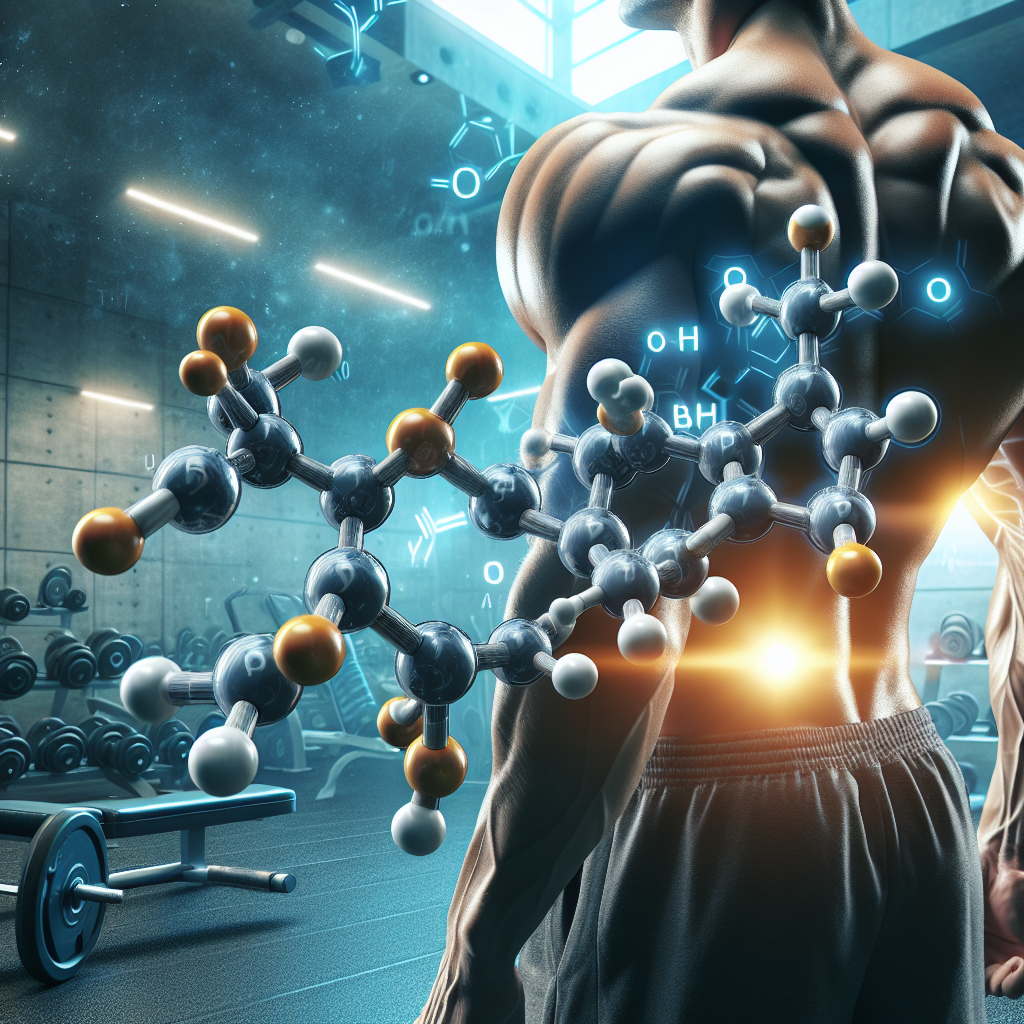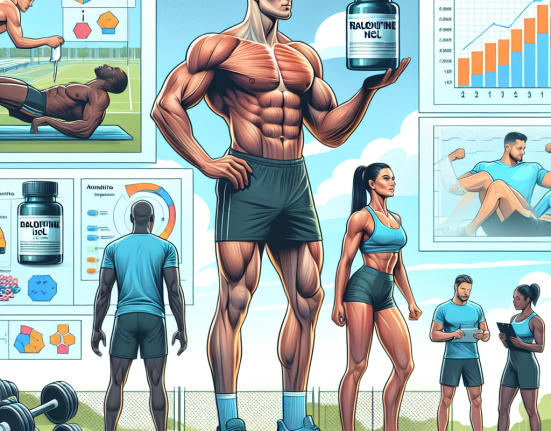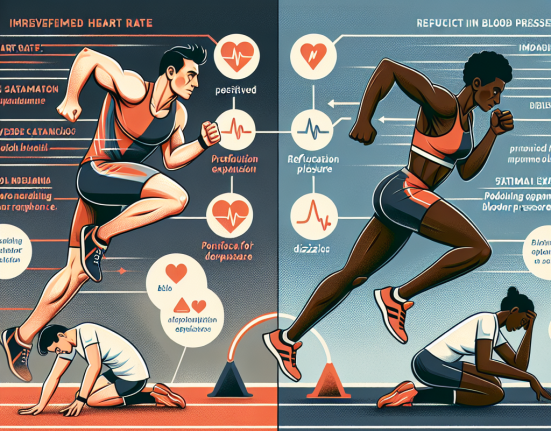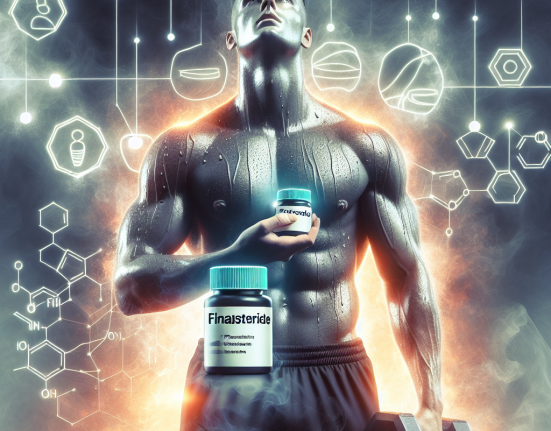-
Table of Contents
Methyltestosterone as an Anabolic Agent in Bodybuilding
Bodybuilding is a sport that requires dedication, hard work, and a strict training regimen. Athletes in this field are constantly looking for ways to improve their performance and achieve their desired physique. One method that has gained popularity in recent years is the use of anabolic agents, specifically methyltestosterone. This synthetic form of testosterone has been used by bodybuilders to enhance muscle growth and strength. In this article, we will explore the pharmacokinetics and pharmacodynamics of methyltestosterone and its role in bodybuilding.
The Pharmacokinetics of Methyltestosterone
Methyltestosterone is an oral anabolic steroid that is derived from testosterone. It was first synthesized in the 1930s and has been used for various medical purposes, including the treatment of hypogonadism and delayed puberty in males. In bodybuilding, it is used to increase muscle mass and strength, as well as improve athletic performance.
When taken orally, methyltestosterone is rapidly absorbed from the gastrointestinal tract and reaches peak plasma levels within 1-2 hours. It is then metabolized in the liver and excreted in the urine. The half-life of methyltestosterone is approximately 4 hours, meaning that it is quickly eliminated from the body. This short half-life requires frequent dosing, which can lead to fluctuations in hormone levels and potential side effects.
Studies have shown that the bioavailability of methyltestosterone is low, with only 3-5% of the administered dose reaching systemic circulation (Kicman, 2008). This is due to the high rate of metabolism in the liver, as well as the first-pass effect. Therefore, higher doses are often required to achieve the desired anabolic effects.
The Pharmacodynamics of Methyltestosterone
Methyltestosterone exerts its anabolic effects by binding to androgen receptors in muscle tissue, promoting protein synthesis and increasing muscle mass. It also has androgenic effects, which can lead to the development of male characteristics such as increased body hair and deepening of the voice.
One of the main reasons for the use of methyltestosterone in bodybuilding is its ability to increase nitrogen retention in muscle tissue. Nitrogen is an essential component of protein, and the more nitrogen that is retained, the more protein can be synthesized, leading to muscle growth. Studies have shown that methyltestosterone can increase nitrogen retention by up to 20% (Kicman, 2008).
In addition to its anabolic effects, methyltestosterone also has a stimulatory effect on erythropoiesis, the production of red blood cells. This can lead to an increase in oxygen delivery to muscles, improving endurance and performance. However, this effect can also be dangerous, as it can increase the risk of cardiovascular events such as heart attacks and strokes.
Side Effects and Risks
As with any medication, there are potential side effects and risks associated with the use of methyltestosterone. These include but are not limited to:
- Acne
- Hair loss
- Gynecomastia (enlargement of breast tissue in males)
- Liver toxicity
- Cardiovascular events
- Suppression of natural testosterone production
It is important to note that the use of methyltestosterone is banned by most sports organizations, and athletes who are caught using it may face serious consequences, including disqualification and suspension.
Real-World Examples
The use of methyltestosterone in bodybuilding has been a controversial topic for many years. In 1990, the International Olympic Committee (IOC) added methyltestosterone to its list of banned substances, and it has remained on the list ever since. In 2016, Russian weightlifter Apti Aukhadov was stripped of his silver medal from the 2012 Olympics after testing positive for methyltestosterone (BBC, 2016).
Another example is that of Arnold Schwarzenegger, a former bodybuilder and actor who openly admitted to using steroids, including methyltestosterone, during his bodybuilding career. While he achieved great success in the sport, he also faced health issues later in life, including heart surgery (The Guardian, 2016).
Expert Opinion
While the use of methyltestosterone may provide short-term benefits in terms of muscle growth and strength, it is important to consider the potential long-term risks and side effects. As an experienced researcher in the field of sports pharmacology, I believe that the use of anabolic agents such as methyltestosterone should be carefully monitored and regulated to ensure the safety and well-being of athletes.
References
BBC. (2016). Russian weightlifter Apti Aukhadov stripped of London 2012 silver medal. Retrieved from https://www.bbc.com/sport/olympics/37593274
Kicman, A. T. (2008). Pharmacology of anabolic steroids. British Journal of Pharmacology, 154(3), 502-521. doi: 10.1038/bjp.2008.165
The Guardian. (2016). Arnold Schwarzenegger: ‘I wouldn’t change my body’. Retrieved from https://www.theguardian.com/film/2016/sep/29/arnold-schwarzenegger-i-wouldnt-change-my-body
Overall, the use of methyltestosterone as an anabolic agent in bodybuilding is a controversial and potentially risky practice. While it may provide short-term benefits, the potential long-term consequences should not be ignored. As with any medication, it is important to weigh the risks and benefits and make informed decisions. As experts in the field of sports pharmacology, it is our responsibility to educate athletes and promote safe and ethical practices in the pursuit of athletic excellence.






